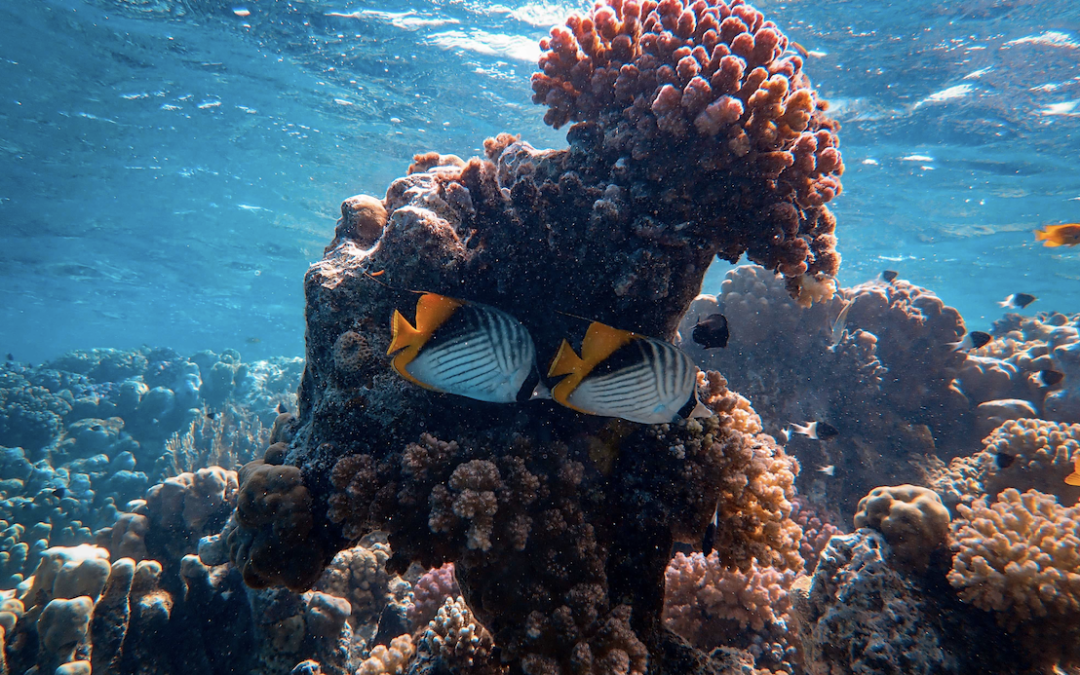Photo credit: Francesco Ungaro via Unsplash
When we think of wildlife, corals are typically not the first thing we think of. Many believe corals are just plants, but actually, they are living animals. Coral reefs are some of the world’s most diverse ecosystems. Coral reefs are underwater structures that are essentially skeletons of invertebrates called coral. These reefs can range in size from over a thousand miles long to around 60 feet. There are hundreds of species of coral that vary in shape, size, and color.
The largest living coral reef in the world is the Great Barrier Reef located off the coast of Queensland, Australia. It has an area of roughly 133,000 square miles and is made up of around 3,000 individual coral polyps.
So, why are corals important? Healthy coral reefs help to sustain commercial and local fisheries while supporting businesses through tourism and recreation. The National Marine Fisheries Service appraised the commercial value of U.S. fisheries from coral reefs to be over $100 million. Economies receive billions of dollars from tourism and recreation through diving tours, recreational fishing trips, and other business activities located near coral reef ecosystems.
Not only do coral reefs support economies around the world, they also cushion shorelines against 97% of the force from waves, storms, and floods. This buffer allows the prevention of the loss of lives, property damage, and erosion near the shoreline. When coral reefs get damaged, the absence of this increases the chances of damage to coastal communities as they no longer have a buffer against natural forces.
Even though coral reefs possess significant economic and recreational value, they are critically threatened by pollution, disease, and habitat destruction. Climate change is a significant threat to the health and safety of our world’s coral reef population. Rising acidity in the oceans plays a large role in the rapid bleaching of our world’s coral reefs. Coral reefs are one of the most sensitive ecosystems found in the world and are especially vulnerable to human activity. The rising acidity in our oceans makes it harder for corals to build their skeletons, which corals grow on top of and then strengthen by thickening them with additional aragonite crystals. The thickening of coral skeletons helps to withstand breakage caused by many factors and is thus paramount to the survival of corals and coral reefs. Coral reefs also face other threats brought on by climate change including rising sea levels, warming ocean temperatures, runoff and pollution, overexposure to sunlight, and exposure to air during extreme low tides. When corals are stressed it causes them to expel their symbiotic algae that live in their tissues, causing coral bleaching. Bleaching leaves corals susceptible to disease, making them more vulnerable. Coral bleaching has the potential to destroy entire ecosystems, causing marine wildlife to move away or die due to a lack of shelter or food that the reefs provide.
We must address and rectify the issue that is coral bleaching by addressing climate change and its effects. Failing to do so poses dire consequences of biodiversity and habitat loss.
Sources:
